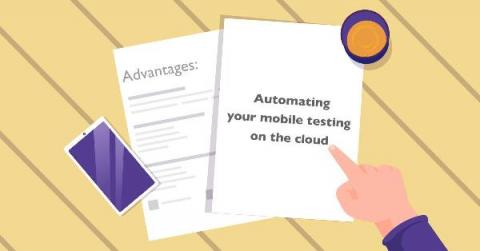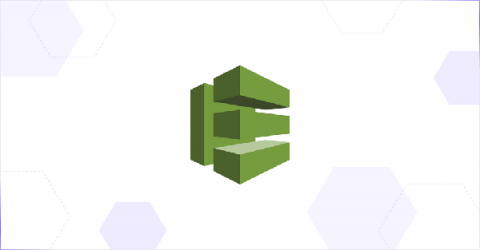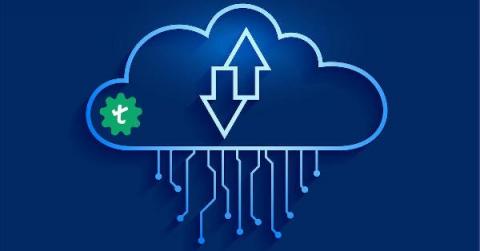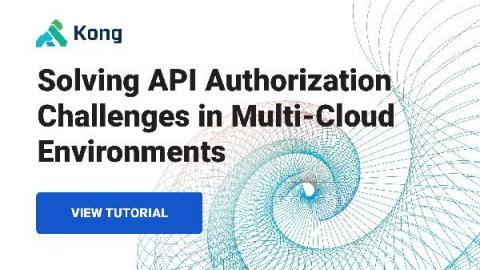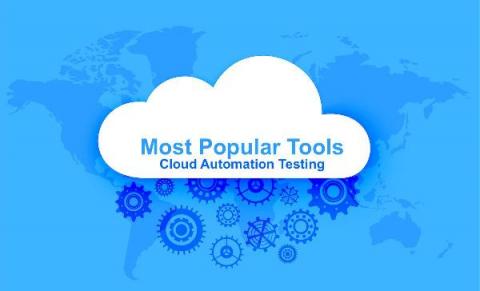What are the advantages of automating your mobile testing on the cloud?
According to Gartner, in the second quarter of 2021, mobile phone sales reached 328.8 million units with an increase of 10.8% year-on-year growth. It is remarkable and quite expected too! This outlines the need for using cloud-based automation platforms for mobile testing. Because when we are dealing with huge numbers and a global audience, it is the best bet.


